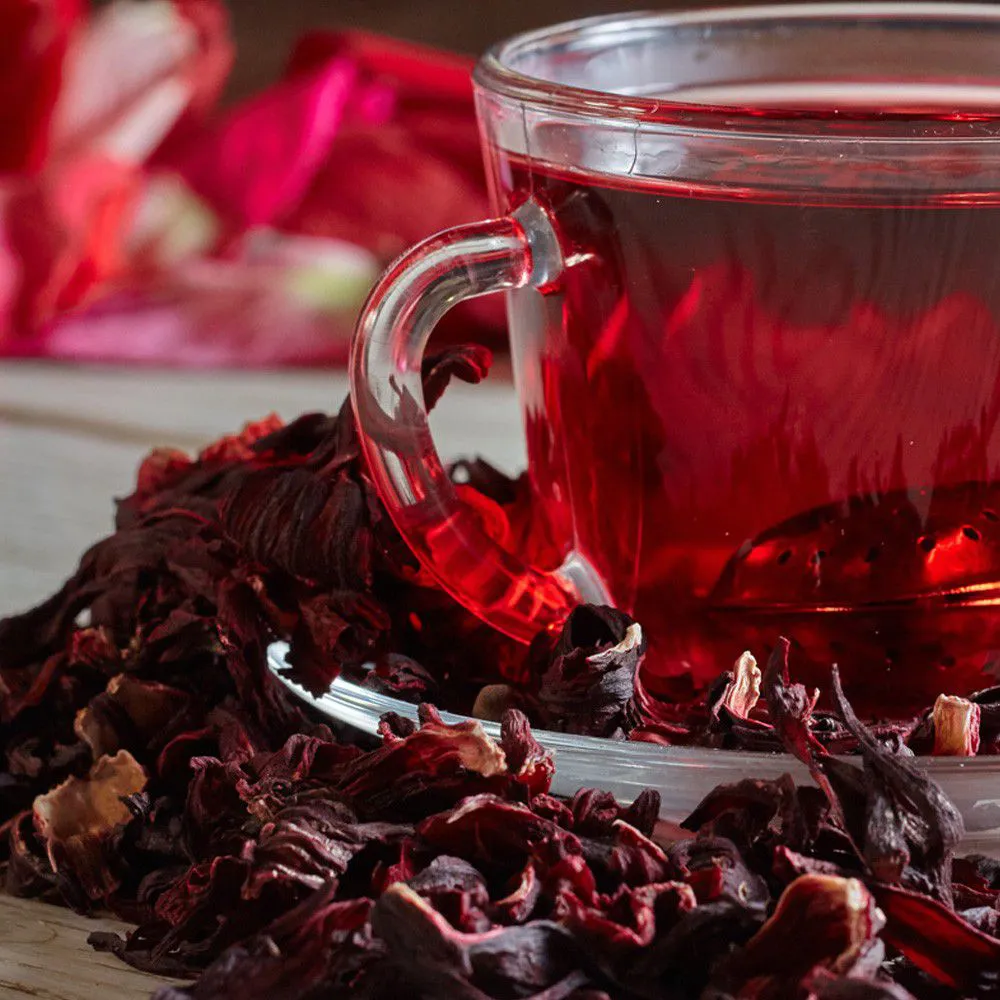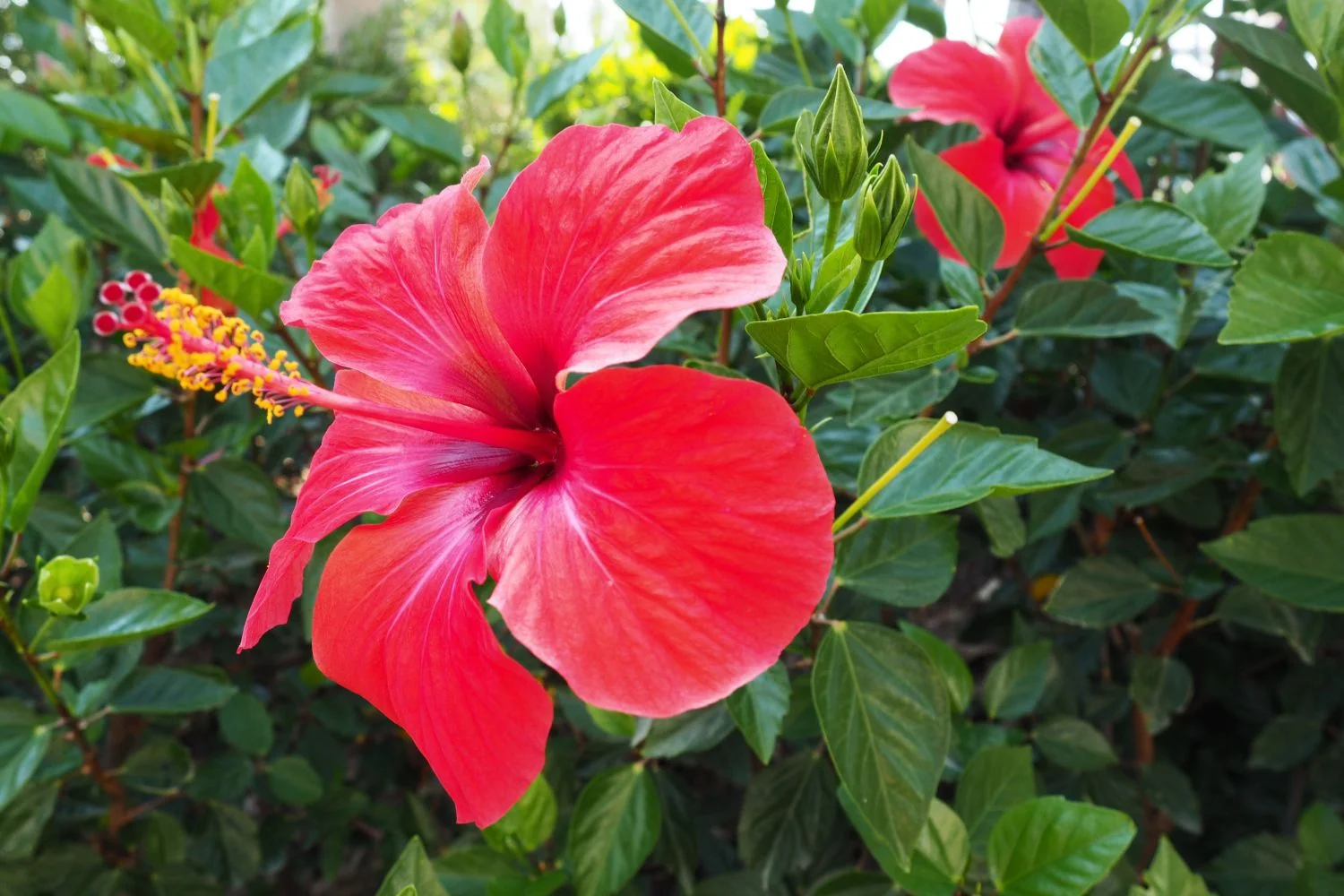Hibiscus farming in Nigeria is gaining momentum as an economically viable and environmentally sustainable agricultural practice. Known locally as “Zobo,” Hibiscus sabdariffa is a species of Hibiscus native to West Africa and is extensively used both in the local and international markets for its nutritional and medicinal properties. In this comprehensive blog post, we delve deep into the world of hibiscus farming in Nigeria, examining its potential, the cultivation process, market opportunities, challenges, and the steps Nigeria is taking towards making hibiscus farming a cornerstone of its agricultural export.
Introduction to Hibiscus Cultivation
Hibiscus is predominantly cultivated for its flowers or calyces, which after being dried, are used to make herbal teas and various other products. The increasing global demand for herbal teas and natural products has positioned hibiscus as a crop with significant export potential. Nigeria, with its favorable climate and expanding agricultural sector, is well-placed to capitalize on this demand.
The Ideal Climate and Soil Conditions
Hibiscus plants thrive in tropical conditions, which are abundant in many Nigerian states. The plant requires a well-drained, fertile loamy soil, rich in organic matter. It prefers temperatures between 25°C and 30°C, which are common in many parts of Nigeria, particularly in the northern states such as Kano, Jigawa, and Bauchi, where a considerable amount of farming activity is concentrated.
Cultivation Practices
Starting a hibiscus farm begins with selecting the right variety. The most commonly grown species in Nigeria is Hibiscus sabdariffa, known for its deep red, flavorful, and aromatic calyces. The cultivation process involves the following steps:
- Land Preparation: Clearing the land and plowing it to a fine tilth ensures that the soil is adequately prepared for planting.
- Planting: Hibiscus seeds are sown directly into the field at the onset of the rainy season. The spacing between the plants is crucial to avoid overcrowding and to promote ample air circulation, which reduces the risk of plant diseases.
- Irrigation: Although hibiscus is somewhat drought-resistant, regular watering promotes uniform growth. During prolonged dry spells, supplementary irrigation is necessary.
- Weed and Pest Management: Weeds compete with hibiscus plants for nutrients and can hinder their growth. Regular weeding is essential, and organic methods of pest control are recommended to maintain the quality of the flowers.
- Harvesting: Hibiscus flowers are usually ready for harvesting about 4-6 months after planting. The calyces must be picked when they are fully matured but not overly so, as they can become too woody.
Post-Harvest Handling and Processing
Post-harvest handling is critical in maintaining the quality of hibiscus flowers. The calyces are harvested by hand, and it is essential that they are dried quickly to prevent spoilage. Sun drying is a common method used by small-scale farmers, but mechanical drying methods are preferred for larger operations as they ensure uniform drying and better quality control.

Market Opportunities
The global market for hibiscus is expanding. Hibiscus extracts are not only popular as herbal teas but are also used in the pharmaceutical, cosmetic, and food industries. Nigeria exports a significant portion of its hibiscus production to countries like the United States, Mexico, and Germany. There is also a robust local market for hibiscus products, particularly for the preparation of “Zobo” drink, a popular traditional beverage in Nigeria.
Challenges Facing Hibiscus Farming in Nigeria
Despite its potential, hibiscus farming in Nigeria faces several challenges:
- Lack of Advanced Farming Techniques: Many farmers still rely on traditional farming methods, which may not yield optimal results.
- Pest and Disease Management: Effective management strategies are needed to combat pests and diseases that can devastate crops.
- Market Access and Infrastructure Issues: Poor road networks and limited access to markets can hinder farmers’ ability to sell their produce efficiently.
The Future of Hibiscus Farming in Nigeria
With appropriate government support and investment in research and development, hibiscus farming in Nigeria has the potential to transform the agricultural landscape. Initiatives aimed at improving farming techniques, providing access to finance, and enhancing market infrastructure could propel Nigeria to the forefront of global hibiscus production.
Conclusion
Hibiscus farming offers a promising avenue for agricultural diversification in Nigeria. It not only supports the livelihoods of local farmers but also contributes to the national economy through exports. By addressing existing challenges and leveraging the growing global demand for natural products, Nigeria can significantly boost its agricultural sector and establish itself as a leading hibiscus producer on the international stage. As more stakeholders become involved and more investments flow into this sector, the future of hibiscus farming in Nigeria looks bright and flourishing.
Ajigofarms is a reliable global agricultural purchase sourcing with profound expertise in the manufacturing, and exportation of food crops. We are tested, and trusted suppliers of all kinds of cash crops and food crops. Our constant supply chain solution makes exporting easy, quick, and safe, we are identified with timeliness and meeting up with deadlines. Regardless of the region you are located in worldwide, you can reliably order your Agric products and be rest assured of successful delivery.




